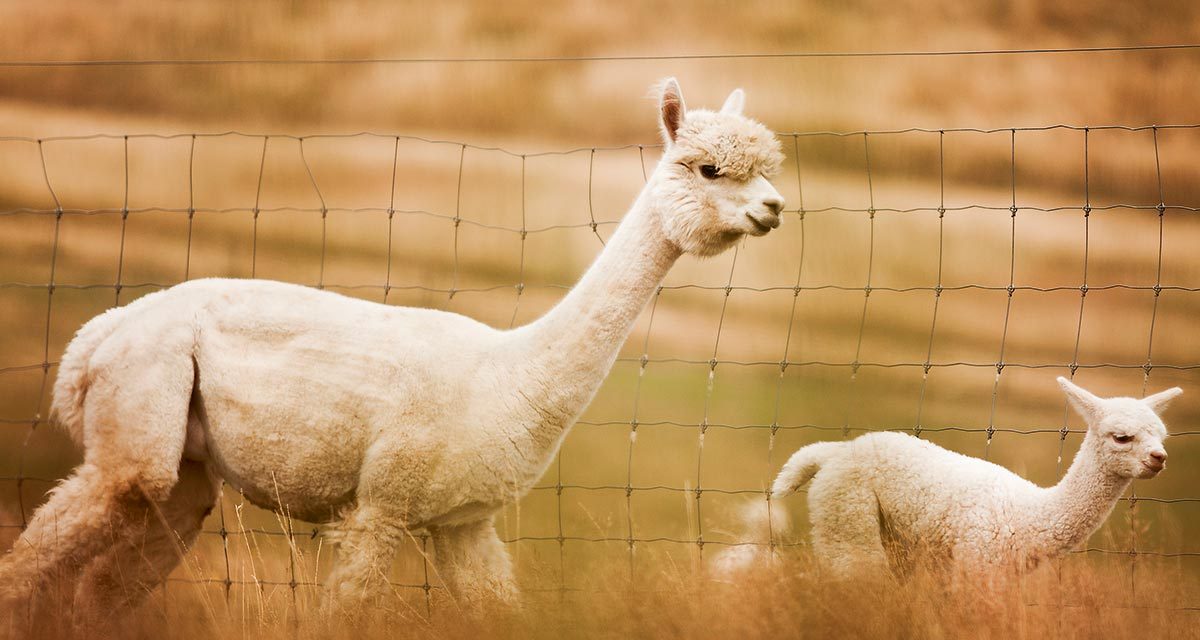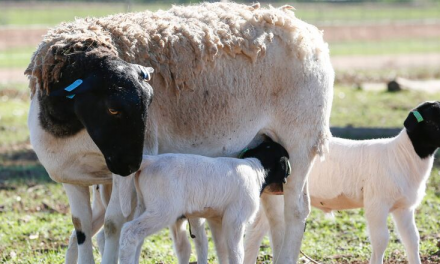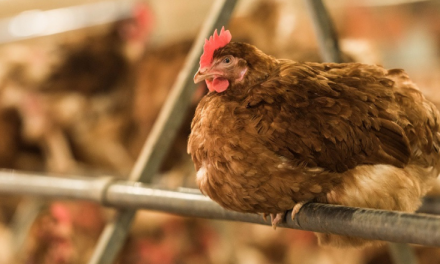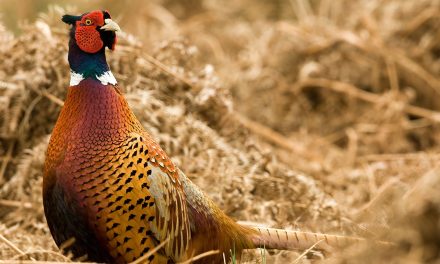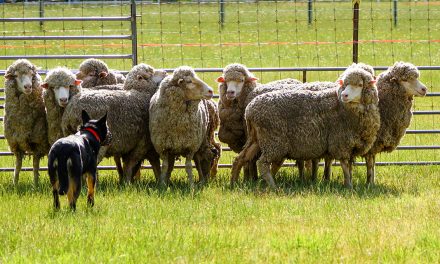Shane Winslett started out as a rouseabout in Victorian shearing sheds, picking up a bit of basic shearing along the way.
He even dabbled around his neighbourhood, handling small mobs of 20 to 30 head – Merinos and crossbreds.
Until the day he went to do one particular property where the woman had both sheep and alpacas.
And told him in some detail how hard it was for any alpaca owners to find reliable shearers for this emerging breed.
That was 13 years ago, and at the moment Shane is on his annual alpaca run, which stretches from late September/early October until deep into April.
Seven days a week, every week (with maybe Christmas Day off if he has worked hard enough).
But not even that punishing schedule leaves enough days in a week to keep up with the demand for his services – he has so many orders he now has to subcontract to get through the shearing season.
“I pretty quickly realised there was a real opportunity with alpaca,” Shane said from his Wedderburn home.
“So, I went to Geelong to learn how to shear one of these new animals and started off doing a few for friends and neighbours, but word started to get around pretty quickly,” he said.
“I even ended up doing one job for the breeder my first client purchased hers from.”
Now his shearing life is a blur, armed with his standard sheep combs and cutters (using the narrowest of the modern wide blades) he is as flat out as the proverbial lizard drinking once the season starts.
And not just shearing either – Shane is a complete one-stop service. He shears, classes, bags, trims toes and/or teeth, drenches and vaccinates.
Unlike your standards Australian Merino, alpaca cannot be shorn year round.
Lean animals with low body fat wrapped in tight skins, they are incredibly vulnerable to cold snaps after shearing, so the only window is late spring to early autumn.
“Even then, if you go in early you are running the risk of a cold snap and unless you are shedding you could be in trouble,” Shane said.
“You have to shear them early enough so they have regrown enough fibre to protect them from the cold weather because we shear them as thoroughly as a sheep, maybe even closer, and they don’t have rolling skins and body fat to save them,” he said.
It might sound too good to be true – but not exactly.
While a gun shearer can get through 200 Merinos in a day (and a lot more crossbreds), Shane reckons he can get through 20 or so a day – up to 30 on a really good day.
For a start shearing an alpaca means getting the animal to lie down, the tying it there, helping stretch its long body for easy access.
From start to finish the process takes anywhere from 12 minutes to 15 or 16, depending on how much extra handling there is by way of teeth and toes, drenching and vaccination.
“You have to bag every fleece individually because of the amazing micron fluctuation amongst animals, the colour of their wool and the fact there are only two main cuts – saddle and neck,” Shane explained.
“Even a single animal can have an incredible range of fibre diameter – you might think it is the equivalent of a superfine sheep, around 16 micron, but there will be patches much stronger,” he said.
“It is one of the industry’s biggest challenges, getting together big volumes of wool with a very tight co-efficient of variation and in the right colours.
“White is prized because you can obviously dye it any shade you want but alpaca run from white to black, and every shade in between so it takes some real organisation to get the best possible outcome.
“Black, really dark black, is also rare and in big demand, but every fleece you cut has to be bagged and tested separately. There’s no jamming a mountain of fleece into a bale and doing a core sample.
“I’ll put the neck cut into one bag and the saddle into another and then put the neck bag into the other one so they can be sent off and individually micron tested.”
Shane said he had shorn white alpacas as low as 12 micron, the extreme end of ultrafine, and in the same herd, run under identical conditions, done whites with 35 micron and thicker.
The weight of cuts also varies – a saddle can be anything from 1.5kg to 6kg depending on sex, age and season with the neck adding up to another 1.5kg.
For a return that has gone (rarely) as high as $70kg for ultrafine to about $12 for fine.
By comparison, at the time of writing, the Australian wool industry’s Eastern Market Indicator (EMI) had closed at 1173 US cents per kg clean.
Under the current pastoral award, which came into effect on July 1, a shearer is paid $301.96 per 100 sheep shorn ($3 a head) and that goes up for rams, double-fleeced sheep and stud sheep.
But that’s all you get for your $3 a sheep.
Someone else skirts the wool, classes the wool, sweeps the board, bales the wool and then stencils it. And let’s not forget crutching.
All at an extra cost.
As for any form of sheep healthcare – well that’s a mix of vet and yourself; and you foot the whole bill for everything.
Alpaca producers can pay Shane anywhere between $55 a head (if you only have two or three animals) to about $20 for 100 or more.
“Shearing an alpaca comes with its own set of challenges,” Shane explained.
“You have to use the narrowest comb because alpaca fleece is dry, it doesn’t have a sheep’s lanolin so a wide comb pulls in too much fleece and burns your gear,” he said.
“With a sheep, you start at the head and work your way down, but alpaca start at the feet and you work your way up.
“The lower leg wool has little fleece and it is no good anyway so you take off the upper legs, and the bellies and while there is now machinery to extract the maximum percentage of fibre from these hairy offcuts (and grass seeds), alpaca are all about the saddle and neck.
“And you skirt as you go, that’s why all this is trimmed out from the start.”
Alpaca are also great rollers and cutting your way through sticks, gravel, dirt, larger stones and assorted detritus, seriously wears equipment already under pressure from the dry fibre.
“I reckon I average about one cutter per animal and one comb every three animals – on a good day I will have gone through as many as 25 sets of gear a day,” Shane said.
All of which just makes those seven-day weeks a lot longer because once he is on the road he is his own support system.
That means getting up an hour or two earlier to get out the grinder, wash all the gear, sharpen it and get it all put together for another day, another 25 sets of gear and another early start getting it shipshape again.
“There has been a huge growth in numbers since I started and across a season I will shear in just about every corner of Victoria, starting around Albury before moving through to Beechworth and Bright, then across to Mildura and tracking down the river past Kerang and then around northern Melbourne, down to Gippsland and end up in the western district and Mallee,” he said.
“I hire an offside to come with me and have tried several times to get someone to join me as a shearer, or even take over some of my areas, but young people don’t seem to want the work.
“I have also tried to convert a few good sheep shearers, but they find it really hard to slow down.
“So I am finding it hard to get anyone trained up.”
And until he does, Shane will continue dreaming of eight-day weeks during his annual alpaca run.
For more information, phone Shane Winslett on (03) 5494 3249 (after hours), mobile 0438944933.

